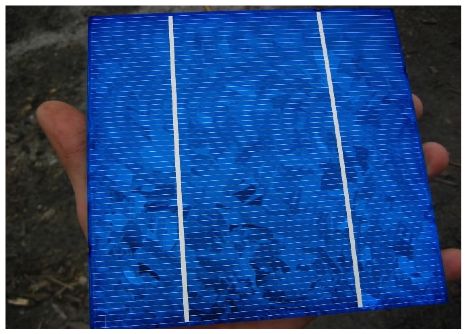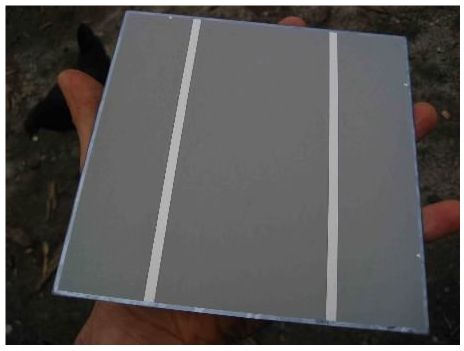Solar Cells: Difference between revisions
No edit summary |
|||
| Line 51: | Line 51: | ||
[[Solar Panels at Factor e Farm]] | [[Solar Panels at Factor e Farm]] | ||
= | =Links= | ||
http://www.sungroper.asn.au/project/solar-panel.html<br> | *http://www.sungroper.asn.au/project/solar-panel.html<br> | ||
http://pyronet.50megs.com/RePower/Homemade%20Solar%20Panels.htm<br> | *http://pyronet.50megs.com/RePower/Homemade%20Solar%20Panels.htm<br> | ||
http://www.mdpub.com/SolarPanel/index.html<br> | *http://www.mdpub.com/SolarPanel/index.html<br> | ||
http://www.virtualsecrets.com/build-a-solar-panel.html<br> | *http://www.virtualsecrets.com/build-a-solar-panel.html<br> | ||
http://www.siliconsolar.com/practical-photovoltaics-p-16423.html < a book that gives step by step instructions<br> | *http://www.siliconsolar.com/practical-photovoltaics-p-16423.html < a book that gives step by step instructions<br> | ||
http://www.goodideacreative.com/solarpanel.html<br> | *http://www.goodideacreative.com/solarpanel.html<br> | ||
Revision as of 19:32, 10 July 2008
Solar Cells
Soldering
- SN60 40/60 and SN 63 is widely available in the plumbing section at your local/global enterprise hardware store. SN refers to tin, thus 60%, and the rest is lead.
Technique is such that a low power iron or variable power iron is required. High power is generally for plumbing applications. High power will cause the solder to ball up and be of little use. The guide below is the most detailed description we have of how to solder the leads or "tabs" to the cells. If anyone has more info on this topic let us know please!
- WORKING QUESTIONS:
- 1. alternatives to lead? lead free solder that still works for this application? given the lifetime of the panels and amount of PB necessarily a huge factor?
- 2. Width of solder? many sizes available, usually .31 and .75 are widely available. No guides
Encapsulation
- Information on encapsulation from Ebay - [1]
Comment: item appears to be unavailable; 2 negative feedbacks on item not being delivered
Soldering Leads to Solar Cells
Practical Guides
http://www.sungroper.asn.au/project/solar-panel.html
and
http://www.goodideacreative.com/solarpanel.html
are the best guides so far.
Other:
Further Information
From Richard Schulte:
Most of the guides I have seen have all said the exact same thing about soldering the cells together. The process seems to be simple and more time consuming than anything. When it comes to encapsulating, however, there is a large amount of variance, though more people use plexiglass than I had thought would. Several guides have suggested the same sealant:
" http://pyronet.50megs.com/RePower/Homemade%20Solar%20Panels.htm
Edit: I've been informed that fiberglass resin is a polyester resin and will not hold the moisture out very well. The best thing to use, which I'm switching to is a aluminum epoxy type sealer called ALUTHANE which can be found Here. <http://www.epoxyproducts.com/e_nonepoxy.html>"
We need to make sure you have the right kind of soldering iron as well. It must be fixed at low temperature or have a variable temp, or else the kind of solder we are using will ball up.
One site, http://www.mdpub.com/SolarPanel/index.html, suggested mounting them on pegboard, and using silicone caulk to attach them.
Materials and Implementation for Factor e Farm
Links
- http://www.sungroper.asn.au/project/solar-panel.html
- http://pyronet.50megs.com/RePower/Homemade%20Solar%20Panels.htm
- http://www.mdpub.com/SolarPanel/index.html
- http://www.virtualsecrets.com/build-a-solar-panel.html
- http://www.siliconsolar.com/practical-photovoltaics-p-16423.html < a book that gives step by step instructions
- http://www.goodideacreative.com/solarpanel.html


